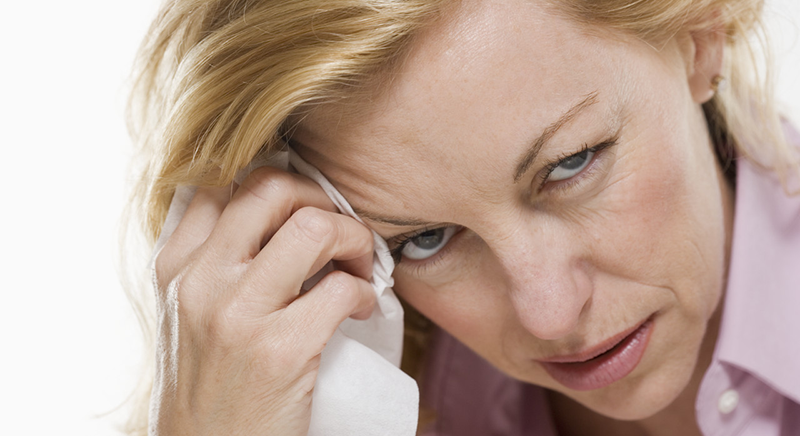The Difference Between Spring and Fall Allergies

Both seasons can make you sneeze — the difference is in the triggers.
Hay fever, with its runny nose, itchy eyes, and sneezes, can strike at any time of year. All you need is the right trigger. Once your immune system senses dust, pollen, or another allergen in the environment, it produces antibodies to the offending substance, and your immune system releases chemicals that make you feel awful.
Regardless of the season, allergy symptoms are basically the same. Only the triggers change.
Spring allergy season
“In the early spring, trees are the first to start producing pollen as soon as they start budding, and it creates major problems for people with allergies,” said David Rosenstreich, MD, director of the allergy and immunology division at Montefiore Medical Center in New York. Birch, cedar, walnut, sycamore, cottonwood, oak, hickory, maple, and pine trees are among the most common spring pollen producers.
In late spring, tree pollen begins to fizzle out, but it’s quickly replaced by grass pollen. Grasses most likely to make allergy sufferers sneeze include Bermuda, Kentucky bluegrass, redtop, rye, orchard, timothy, and sweet vernal.
The roots of fall allergies
If you have fall allergies, they’re likely due to ragweed or another late-summer weed, says Richard Weber, MD, past president of the American College of Allergy, Asthma, and Immunology, and professor of medicine at the University of Colorado, Denver School of Medicine. In its short lifespan (usually from mid-August until the first frost), a ragweed plant can release up to 1 billion pollen grains hundreds of miles into the air in all directions. And 75 percent of Americans with seasonal allergies react to ragweed.
Weeds aren’t the only fall allergy trigger. “Certainly there are other things such as mold spores, which also tend to peak out in the late summer and fall,” Weber says. Mold — a type of fungus — thrives in damp, humid environments, such as shower stalls and basement walls. Sometimes you may not be able to tell which of the two triggers — ragweed or mold — is causing your symptoms without seeing your allergist for tests.
Prep for the season
Knowing which allergens are most prevalent each month can help you identify your triggers, and plan accordingly. Once you know which allergen bothers you, check the pollen counts in your area so you’ll know when to stay indoors.
Whether fall or spring is your prime time for allergies, start getting ready early. “If you typically have allergies during the spring or fall each year, we recommend that you get tested now, before the allergy season is in full swing,” says Cynthia Rose, FNP, an allergist at University of Missouri Health Care’s ENT and Allergy Center of Missouri.
Once you’ve identified your trigger, you can start on immunotherapy. You’ll be exposed to increasing amounts of the substance to help your body build up a resistance to it. Then when allergy season does hit, you’ll be armed against pollen or mold and will be less likely to react to it.
Updated:
March 30, 2020
Reviewed By:
Janet O’Dell, RN